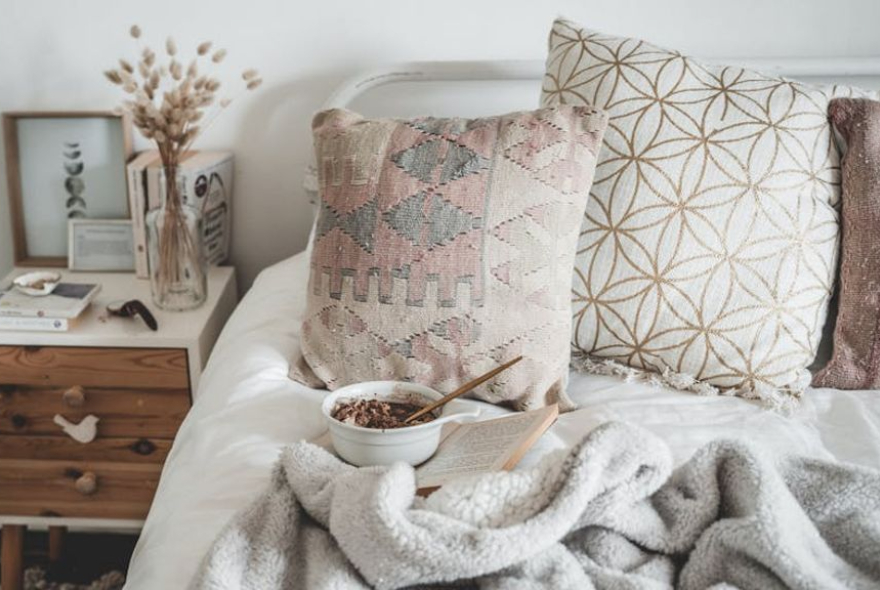
Home design has long been no longer reserved for those who have studied the field, or for those who have the budget to design every space down to the last detail. Precisely because of the design inspiration that is available everywhere – on social media and professional blogs – the option to design on your own has become more accessible than ever.
It doesn't have to be a complex or stressful task either. Sometimes a few good decisions and a few carefully chosen elements are all it takes to make your home look, and most importantly, feel, the way you want it to.
The first step in independent design is to figure out what style speaks to you – not what’s currently trending. Are you drawn to a clean, modern look with monochromatic colors? Or perhaps the warmth of wood, soft tones, and rustic touches speak to you more?
Modern design includes several common sub-styles such as Nordic, industrial, minimalist, and even boho-chic. Each of them creates a different atmosphere, so the recommendation is not to mix worlds, but to choose one line and stick to it throughout the design.
This doesn't mean that everything has to be the same color, but it is important to have a uniform language in colors, textures, and materials.
One of the most effective items in home design is a rug. Carpets Not only does it add color or pattern to a space, it also defines its boundaries. In the living room, a large rug can unify the sofa, table, and armchairs into one clear, inviting area. In the bedroom, a small rug by the bed creates a cozy feeling when you wake up in the morning.
The type of rug you choose also matters. Flat rugs will give a cleaner, more modern look, while thick, soft rugs create a more cozy feel. It’s also important to pay attention to the color – a neutral-toned rug will suit almost any style, while a colorful rug or one with a dominant print can become a central element in a room.
One of the common mistakes in independent design is the desire to "inject interest" with lots of colors or items. In practice, it is precisely the precise dosage that creates harmony. It is recommended to choose a defined color palette of 3-4 shades and combine them in the various spaces - on the walls, in the furniture, in the accessories and in the textiles.
Using wood, concrete, metal, and natural colors creates a modern and pleasant look. To maintain balance, it is best to avoid combining shiny materials or colors that are too bright, especially when you are not sure how to combine them correctly.
There's no need to fill your home with accessories. Sometimes, just one design item – like a large lamp, a patterned mirror, a unique picture, or a wall in a different color – is enough to convey the design message without words.
Even in this case, it is important to match the chosen element to the overall style. If you have chosen a minimalist line – a geometric lamp hanging in the kitchen can be enough. If you have chosen a boho-chic line – a colorful picture with a wooden frame will add character and interest.
In conclusionYour home is not a showcase. It is a place to live, rest, entertain, and create moments. When you choose to design it yourself, you not only save money – you also dictate the atmosphere that will accompany you every day.